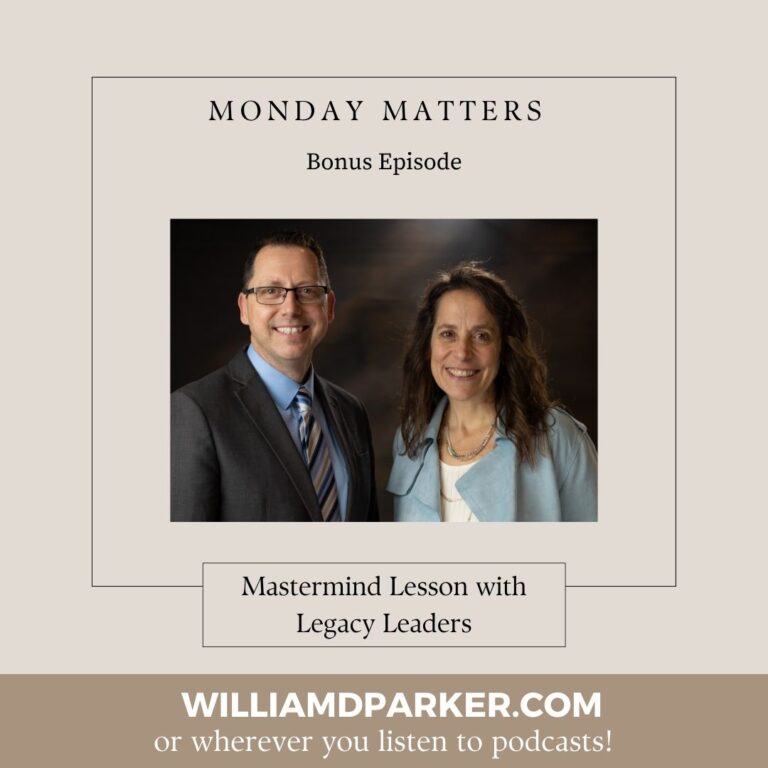This has been a busy summer of hiring new teammates and preparing for the school year to come.
In one of our recent interviews, I was asked to give some feedback on some of the responsibility areas in our office areas. So I shared some samples of our KRA’s.
Those samples provided some great feedback into the nitty-gritty of how we do school.
I have posted before about KRA’s, or Key Responsibility Areas. Since that post, I have had other requests for some examples of the KRA’s used by my team members.
So I want to share some KRA samples from my school:
One is a list of KRA’s for office staff.
The other is a list and calendar of KRA’s for Counselors.
What Are KRA’s?
KRA’s are lists of Key Responsibility Areas team members can use to define their main areas of responsibility and service to your school and students.
Each School Is Unique
We are a high school of approximately 750 students, grades 9-12, in a small town (recently recategorized as a small city) just north of Tulsa.
Your demographics may be much different.
Regardless of whether my samples relate to the unique needs of your office areas, all schools share some commonalities:
- We all serve students, parents, teacher and community needs.
- We all manage multiple demands that require our teachers/staff to understand the role each person plays to reach the common goal of educating students.
1. How did we create our KRA’s?
At the start of the school year, we sat down as a group and talked through what areas each person managed in our office areas.
As we created lists assigned to each person, I shared the list back to the team via email, and they would email back additional areas we may not have remembered in our group talk.
Our counselors took their list and created a calendar to map out when specific actions could be expected.
Then I finalized the lists and shared them with all responsible parties.
2. How have KRA’s served to strengthen our service to our school community?
We no longer duplicate services or wonder who is responsible to manage specific areas.
As principal, it also helps me quickly visualize assigned areas and decide what areas may need to added or removed.
Most importantly, it helps us anticipate key “crunch times” throughout the year so that we know who/what requires additional work loads.
3. What advantage have KRA’s created for managing personnel needs?
I did not realize the power of our KRA’s until we had used them for a year. It has helped me keep in mind how to delegate when I need help.
It also reminds me of the value of each person and the unique role he/she serves.
Finally, it is useful to reflect on KRA’s for follow-up conversations on job performance.
In addition, during some recent hiring, it also served as a resource to show new team members.
KRA’s For Teachers
Another great idea is one I heard from Oklahoma finalist for Assistant Principal of the Year, Clay McDonald, whose teachers have all created folders explaining all their curriculum responsibilities.
When he hires a new teacher, he immediately gives them a folder of the person who formerly held the position.
KRA’s In Business
I first encountered KRA’s from Dave Ramsey’s best-seller EntreLeadership. Former Dave executive, Chris Locurto, has a great blog entry on his use of KRA’s with samples they use in their business.
Conclusion
There are no silver bullets in school management, and tools are only as good as the persons using them. But having KRA’s has positively served us, and may help you too as you manage and lead others.
Now It’s Your Turn
What are some other helpful tools you are using to manage your responsibility areas or those on your team?
Sign-Up For Free Updates
When you enter your email address here, you will automatically receive my newest posts. Let’s keep learning together!
Principal Matters–The Book!
School leaders are very busy, so each of the twenty-four chapters is designed as a quick-read and followed with take-action questions for follow-up or reflection. If you want practical ideas on understanding your purpose, managing school teams, dealing with challenges, and leading with courage, action, motivation, and teamwork, go HERE to pick up a copy for you or your team.


